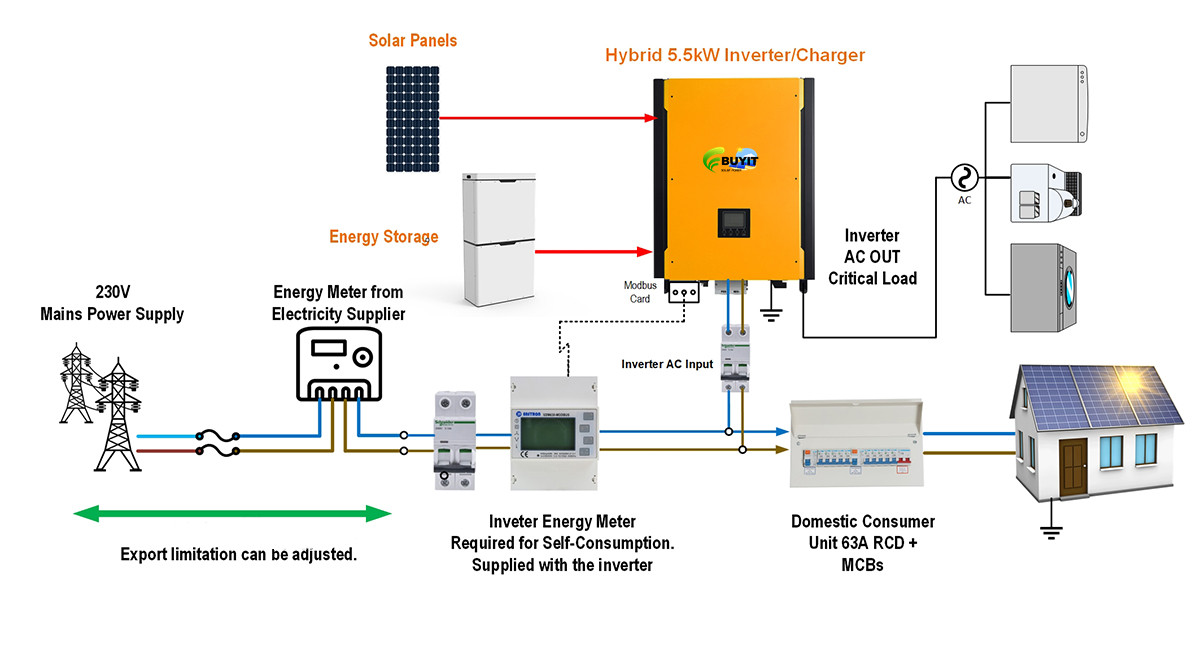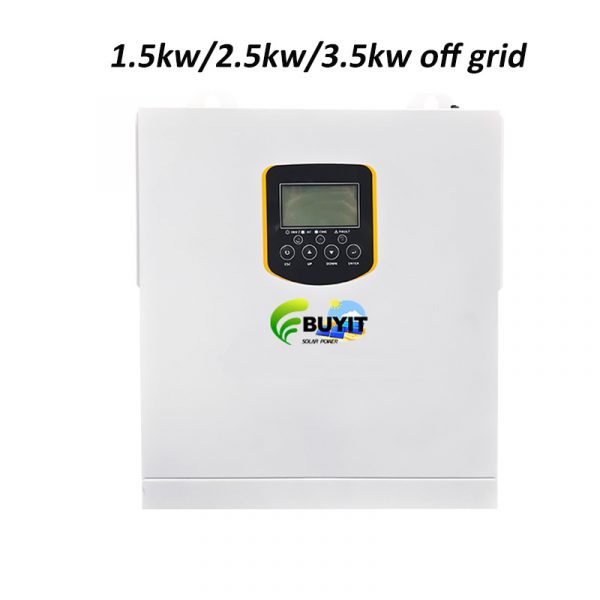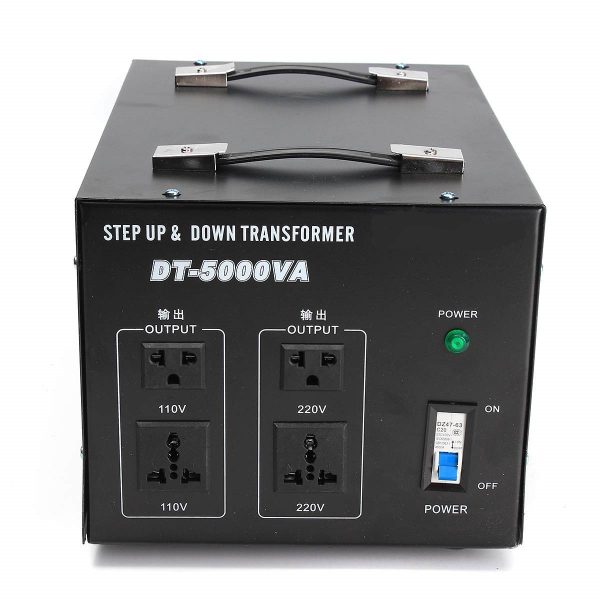
Photovoltaics丨What is the island effect?

What is the island effect?
The island effect refers to the situation where when the grid power supply trips due to a fault or power outage for maintenance, the photovoltaic grid-connected power generation system fails to detect the power outage in time and disconnects itself from the mains network, eventually forming a self-sufficient island power generation system consisting of the grid-connected power generation system and its connected loads.
Once the islanding effect occurs, it will endanger the safety of maintenance personnel on the power transmission line; it will also affect the action procedures of the protection switches on the distribution system, impact the power grid protection device, and affect the quality of transmitted power. The power supply voltage and frequency in the power island area will be unstable. And when the power supply of the power grid is restored, it will cause phase asynchrony; the single-phase distributed generation system will cause the system’s three-phase load to be under-powered.

The key point of anti-islanding effect is the detection of power outage in the power grid. Usually two “islanding effect” detection methods are adopted: passive or active. Regardless of the detection method, once the power outage in the power grid is confirmed, the grid-connected inverter must be disconnected from the power grid and the operation of the inverter must be stopped within 2 seconds. The actual inverter anti-islanding protection time will be shorter to ensure the safety of personnel and equipment.

How to prevent islanding effect in photovoltaic power station?
The islanding detection methods used by photovoltaic inverters are divided into two categories: passive detection method and active detection method.
The anti-islanding protection of photovoltaic power station should have both active and passive types, and at least one active and passive anti-islanding protection should be set.
The passive detection method is to only monitor the changes in electrical quantities such as voltage and current without active disturbance. The main methods are:
- Detect the voltage and frequency of the common point:
The on-off state of the power grid is judged based on whether the voltage and frequency exceed the normal range. This is the most commonly used indicator in islanding detection, and no additional hardware is required, but if it is not combined with other technologies, there will be a large detection blind spot.

- Detect voltage phase jump:
Detect whether there is a jump in the common point voltage phase, so as to determine whether the power grid is disconnected.
- Detect harmonic changes:
Isolation is determined by detecting changes in common point voltage harmonics.
- Detect frequency change rate:
After islanding occurs, due to the instability of the system, the frequency and other electrical quantities are relatively sensitive, and their change rate will change significantly. The occurrence of islanding can be judged by detecting whether the output frequency change rate exceeds the limit.
- Based on artificial intelligence, wavelet analysis and other methods
Detect whether the system is islanded by using methods such as artificial intelligence or wavelet analysis.

The common disadvantages of passive island detection methods are: the threshold is difficult to set and there are detection blind spots.
To make up for the shortcomings of passive detection, people have proposed a variety of active methods to improve the accuracy of island detection. The main methods are as follows:
- Disturb the active power
Intermittently disturb the output current amplitude of the inverter to change the output active power, monitor whether the common point voltage changes accordingly, and thus determine whether the power grid is undervoltage.
- Disturb the reactive power
Disturb the reactive power output of the inverter, and judge the island based on the frequency change and frequency change rate caused by it.

- Insert a load
Periodically insert a load (such as a capacitor) at the output of the inverter and monitor the corresponding changes in power. This method is more effective than purely passive monitoring of phase jumps.

- Active frequency-shifting and phase-shifting technology
Apply disturbance to the phase (frequency) of the inverter output current. When the power grid is normal, the common point frequency and phase are clamped by the grid voltage, and the disturbance has no effect on the voltage. Once the grid is disconnected, the disturbance amount controlled by positive feedback will push the common point frequency out of the normal range, thereby determining the island.

- Output voltage positive feedback
Construct positive feedback for the output current of the inverter, and modify the current setting according to the fluctuation of the common point voltage, so that the higher the voltage, the greater the current setting. In this way, after the grid is disconnected, the output voltage fluctuation of the inverter is artificially amplified due to the change of the current setting, thus deviating from the normal range and detecting the island state.
- Detection of grid impedance changes
Active grid impedance detection methods are divided into transient method and steady-state method. Compared with the active island detection method mentioned above, the detection of grid impedance has higher requirements on the hardware configuration of inverter control.
Signal injection is an efficient grid impedance detection method in the steady-state method. Its mechanism is that the inverter injects harmonic currents of non-characteristic frequencies that the grid will not generate autonomously into the grid, and obtains the voltage component at this frequency through signal processing technology, thereby calculating the line impedance. This method has higher accuracy and lower hardware requirements than the transient method, and no additional hardware is required.
The transient method requires high-performance signal sensors and high-precision A/D converters, and needs to process signals of different frequencies.

The impedance method has a common weakness: the implementation technology is complex
From the detection effect, the frequency shift phase shift method, voltage positive feedback method, and grid impedance method are all very efficient active detection methods. Among them, the voltage positive feedback method and the frequency shift phase shift method have small calculation amount, easy implementation, and no need to add any hardware. They are more suitable for multi-photovoltaic power generation system grid connection.
For more photovoltaic related knowledge, please follow buyit.or what’s app: 13808405352


